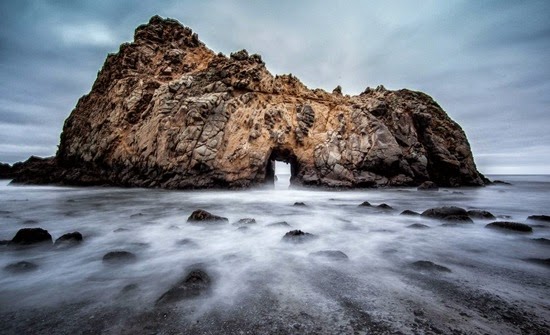
8 Spectacular Beaches With Unusually Coloured Sand
By Josh Lew, Mother Nature Network, 17 July 2014.
By Josh Lew, Mother Nature Network, 17 July 2014.
Psychedelic shores
Everyone has a different definition of the “perfect beach.” For some people, having a cocktail waiter with a tray full of rum-based drinks only a few feet away is a must, while others would prefer if there were no other beachgoers within 5 miles of their sandy spot.
One thing that draws everyone's attention, though, is a beach that features uniquely coloured sand - like the purple-tinged sand of Pfeiffer Beach, pictured above. Yes, throwing your towel down on standard sand is certainly an attractive idea if the sun is shining and the breeze is warm, but there’s something more alluring about finding beaches that don't fit this standard image.
Here are eight beaches where you can find exceptionally beautiful, unusually coloured sand.
1. Elafonisi, Crete
Elafonisi Beach, which sits on a point on the southwest coast of the island of Crete, is one of the best beaches in the Mediterranean. The shallow warm waters of a lagoon on one side of Elafonisi draw many families, while the main beach scene is found on the sea side of the point. Lifeguards, umbrellas, snack bars, and plenty of sunbathers create a typical Greek island beach scene. There is also a small offshore island. Though it is part of a protected nature preserve, it is possible to actually walk through the shallow water to this untouched land mass.
The sands of Elafonisi are white is some places and have a distinct pink hue in others. The rose coloured sands are caused by particles from pink coral and shells that have been ground into fine sand by years of erosion. The beach is a popular summertime tourist destination, but it is still possible to have a secluded beach experience on the pink sands if you are willing to travel offseason.
Suggested Stories: (1) 12 oldest continuously inhabited cities; (2) 8 of the greatest eco-friendly beaches.
2. Papakolea Beach, Hawaii
Sometimes referred to as Green Sand Beach, Papakolea sits on the island of Hawaii (also known as the “Big Island”). This beach gets its nickname because its sands are infused with olivine, a green semiprecious mineral. Trace deposits wash onto the beach after being eroded away from nearby lava-formed rocks. The olivine is too dense to be washed out to the ocean, so it eventually ends up on the beach, giving the sand its unique olive-green hue.
Papakolea is quite remote. The drive to the trailhead that leads to the beach is about two hours from both Kona and Hilo. Then there is a 2 mile hike that includes a rugged decent before you reach the green sands.
3. Pfeiffer Beach, California, USA
Pfeiffer Beach is part of the Los Padres National Forest area near Big Sur, California. At first glance, this beach seems quite attractive because of its wide sandy shoreline and the interesting rock formation that sits just offshore. Once you take your eyes off the stunning scenery and look down, you will notice that the fine sand that covers the beach is purple. The colour is at its height after wintertime storms that blow in off the ocean, wetting the sand and washing particles down from the hillsides.
Pfeiffer gets its colour from particles of manganese garnet, a silicate mineral that washes down from the hills above the beach. Big Sur is certainly not one of the most crowded places in California, and limited parking and a small entrance fee keep the crowds away from Pfeiffer for the most part.
4. Vik Beach, Iceland
Paradise is often defined by white sandy beaches. However, black sand beaches also have a lot of visual allure. The village of Vik, in southern Iceland, is home to one of the most stunning black sand beaches on Earth. The North Atlantic waters are certainly too cold for swimming, and Vik is known as one of Iceland's rainiest villages, but the clean black sands that cover the shore here are extremely beautiful. In fact, in the 1990s, Islands Magazine named Vik one of the world's most beautiful non-tropical beaches.
Only about 100 miles from the capital city of Reykjavik, Vik has a population of about 300 (if you don't count the large flocks of puffins during nesting season). The black sand comes from the nearby Katla Volcano. When the hot lava flowed into the frigid ocean, the extreme temperature difference caused it to harden in tiny fragments that washed ashore to create Vik's sands.
5. McKenzie Lake Beach, Australia
Sitting on Fraser Island, a large sand island in Queensland, Australia (about 120 miles from Brisbane), McKenzie Lake is a freshwater lake with a very unusual trait. It is a “perched lake,” which means that its only water source is rain. McKenzie contains no groundwater, it is not fed by any streams and it does not connect with the ocean.
This alone makes it a very unique body of water, but most visitors are more impressed by the fine white sands that ring the lake. The sand here is made up of bright white silica, and it is known for its fine texture and pillow-like softness. Not only do visitors get to enjoy great visuals, they also get to walk on the silkiest sands that they are ever likely to experience. The silica plays an important part in the lake's water cycle. It helps prevent the rainwater from draining away, keeping McKenzie's water level consistent.
6. Glass Beach, Hawaii
Glass Beach, in the industrial area of Hanapepe on the island of Kauai, boasts an interesting example of the power of nature. This place is not just called Glass Beach because its sands look like glass. The beach is covered with actual glass. The smoothed glass pebbles come from waste that was dumped into the sea by local factories decades ago. Much of the glass originally came from bottles, but there were even windows and car windshields thrown into the water here. Bend down and scoop up a handful of “sand” and you will see many different colours (brown, clear, blue, and red are the dominant hues).
Over the course of about three decades, the ocean currents, underwater rocks, and tides ground down the glass to the smooth sand that now cover the beach. Because it is rather remote and because the rocks and current make swimming dangerous, Glass Beach only draws people because of its unique make-up. This is a favourite spot for beachcombers.
Suggested Stories: (1) 8 exceptional beaches for seaside treasure hunting; (2) 8 best secluded beaches in North America.
7. Red Beach, Peru
Peru's Paracas Peninsula is one of the most arid coastal regions in the world. The desert here comes almost all the way to the Pacific Ocean. In one small coastal corner of Paracas National Reserve, however, the golden-orange desert sands do not reach the water. This is Red Beach, so dubbed because of its deep red sands, which offers a visually-stunning colour contrast. Combined with the nearby coastal cliffs and crashing waves, this is one of the most picturesque beaches on our list.
The red sand on this and other Paracas Peninsula beaches comes from the erosion of the nearby cliffs. Though they are lighter in colour, the brighter sediment washes away in the strong surf, leaving the heavier, darker coloured sand marooned on the beach. Paracas National Reserve is one of the most protected areas in Peru, and it has been designated as a World Heritage Site by UNESCO.
Suggested Stories: (1) 10 unforgettable desert adventures; (2) 10 of the most beautiful slot canyons.
8. Great Santa Cruz Island, Philippines
Great Santa Cruz Island, a small land mass not far from the southern Philippine city of Zamboanga, features some of the more brightly coloured beach sands on earth. Actually, when seen from afar, the sand does not appear pink. However, up-close, it has a speckled colour that has been compared to cherry blossoms. Even people who are unimpressed by the colour of the sand praise its fine, soft texture.
The pink hue of the beach on Great Santa Cruz Island comes from a mixture of white coral sand and sediment from bright red pipe organ coral that is very common in the waters around Zamboanga. The light pipe organ coral particles wash ashore after being ground down by the tides.
Suggested Stories: (1) 30 of the most beautiful places in the world; (2) Beaches for those who hate the beach.
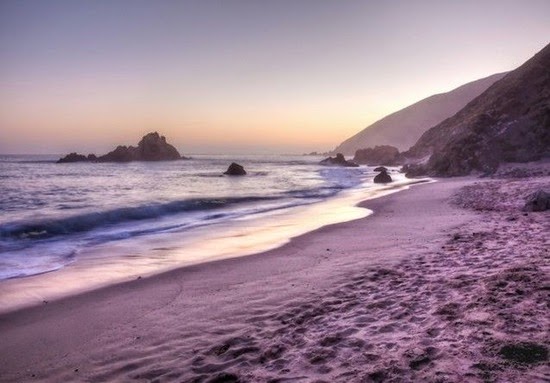
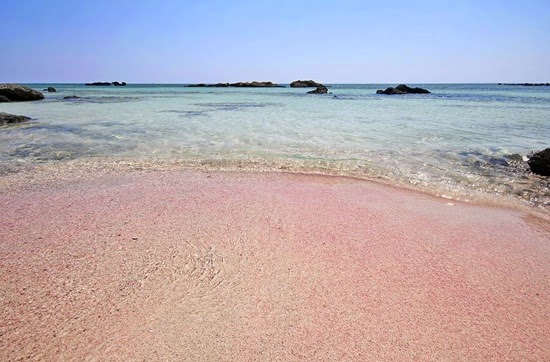
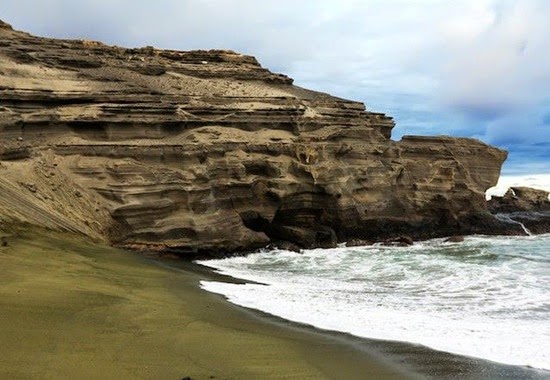
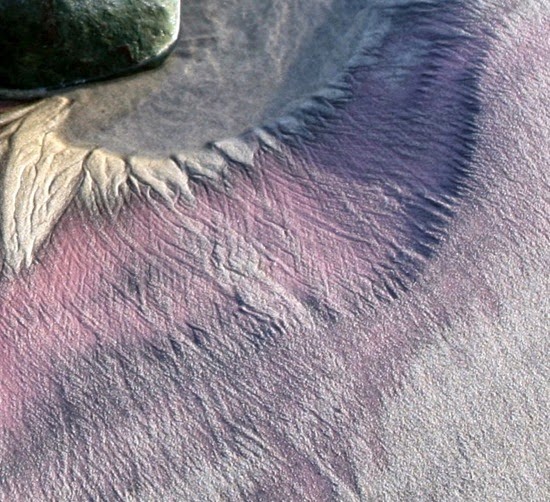
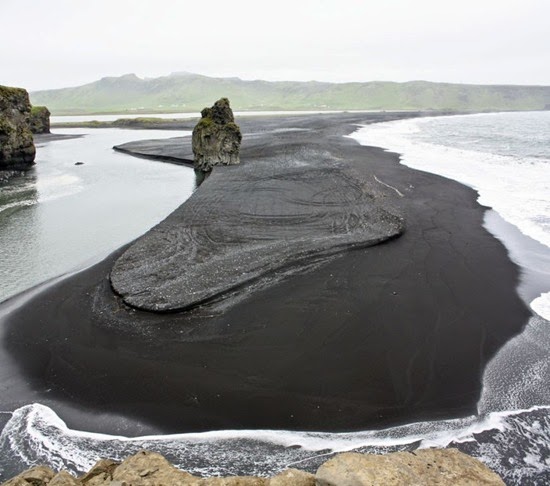

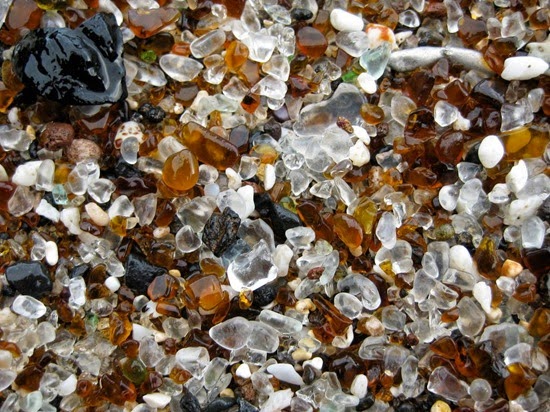
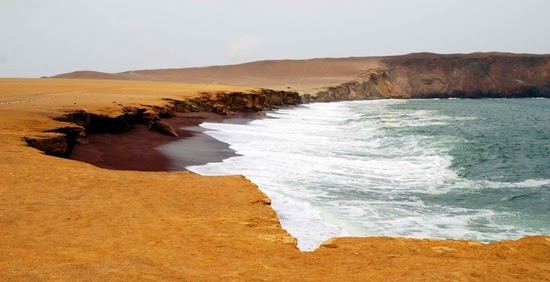
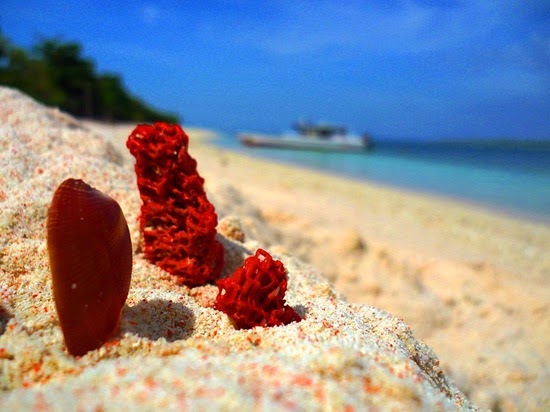
No comments:
Post a Comment
Please adhere to proper blog etiquette when posting your comments. This blog owner will exercise his absolution discretion in allowing or rejecting any comments that are deemed seditious, defamatory, libelous, racist, vulgar, insulting, and other remarks that exhibit similar characteristics. If you insist on using anonymous comments, please write your name or other IDs at the end of your message.